Hall of fame: Guy English, Louie Mantia, and Tap Tap Revenge

Last year we inducted Tap Tap Revolution and it's developer, Nate True into our inaugural iMore hall of fame. With TTR, True created what would become the first ever iOS-native gaming franchise. But it was only half the story. It wasn't True alone who transformed Tap Tap Revolution into Tap Tap Revenge, Tap Tap Dance, and everything that followed. True sold TTR to Tapulous, a company that, in 2008, was positively dripping in iPhone developer and designer talent. And two of the people who worked on it there, who helped make it the monstrous success it became, and who have gone on to help shape the industry, are Guy English and Louie Mantia.
In a "long boring history" post on Decremental, Tapulous founder Bart Decrem said:
Nate True and Guy English worked together on what would become Tap Tap Revenge 1.0. [...] The design for Tap Tap Revenge 1 was done by Louie Mantia. The product definition largely came from Nate, with contributions by Louie, Guy and myself. [...] On July 11, 2008, the App Store launched. Tap Tap Revenge was there on launch day and shot straight to #1.
The original engine for TTR was contained in a single source file. To move the game forward, Nate True and Tapulous decided they needed something more "extensible and beautiful". True wrote on the Tapulous Blog [via the Internet Archive:
Guy English and Mark Johns are the ones to thank for Tap Tap Revenge 2′s great new engine. Premiering in Tap Tap Dance, the new engine enables us to use way more effects in-game, giving you a more responsive, more beautiful, and fuller play experience. In Tap Tap Revenge 2, the engine has been vastly improved and features much more flexibility for the future.
Tap Tap Dance launched in 2008, and in March of 2009, Tapulous released Tap Tap Revenge 2, and re-released the original version as Tap Tap Classic. Many other versions followed before Tapulous sold to Disney in July of 2010.
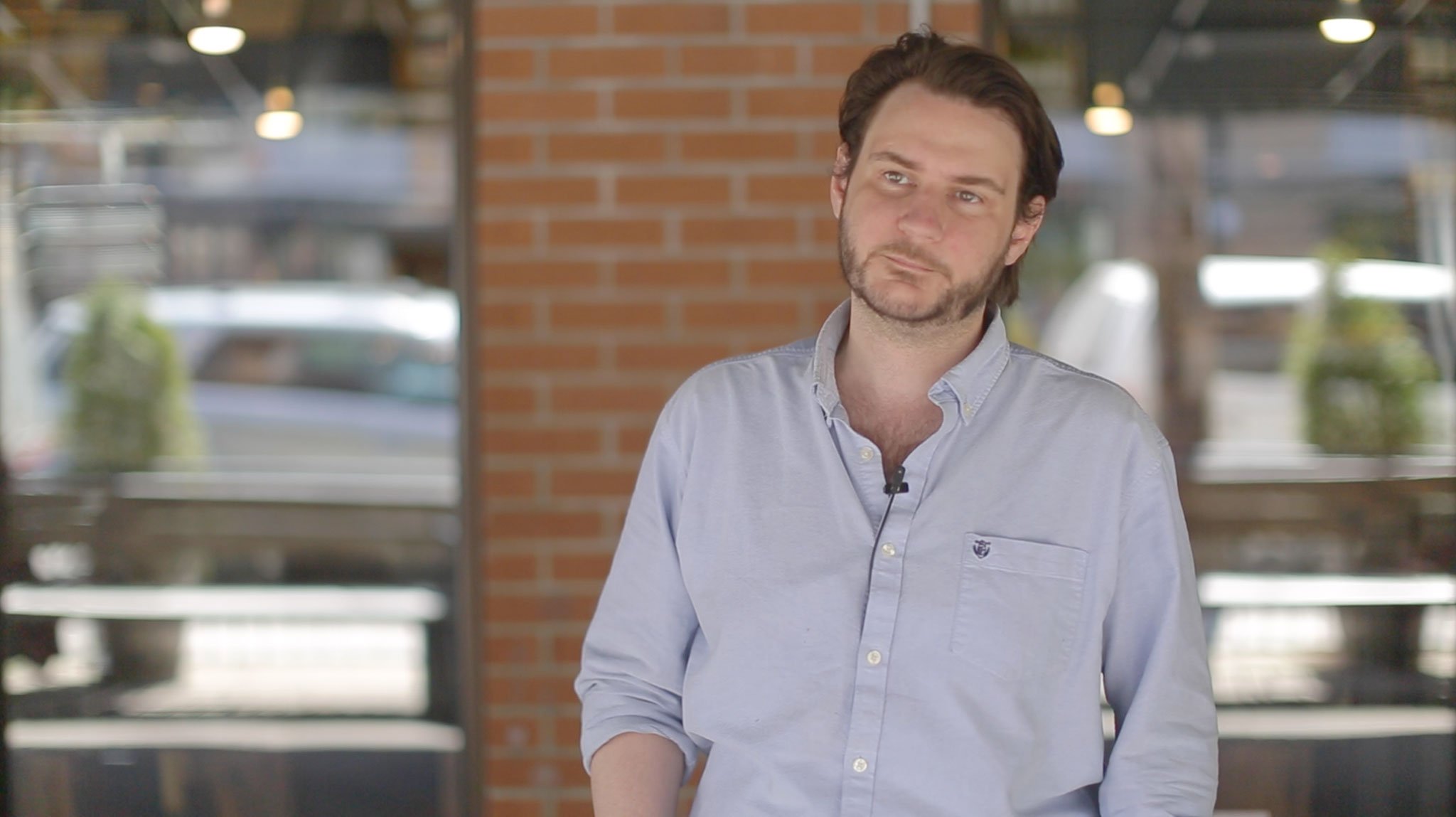
Guy English had been a game and app developer long before TTR and the app store. His background, as given on his website, Kickingbear:
For Tapulous I wrote the OpenGL engine, MIDI handling, Lua scripting and content pipeline for their Tap Tap Revenge series of games. Previously I have worked for Rogue Amoeba on Radioshift for the Mac and Radioshift Touch for iPhone as well as some other products. Before entering the Mac development community I spent many years writing code for video games on various platforms for various companies.
English is also responsible for helping ensure the graphics performance of, and generally kicking out the door and into the App Store, many other well-known apps that he's either not allowed, or not inclined to talk about. In addition, that willingness to help others, and to help the developer community, has manifested itself in other ways as well
In October of 2011, alongside Luc Vandal and Scott Morrison, English launched the Çingleton Symposium. A yearly, single-track conference held in Montreal, Çingleton brings together developers, designers, and members of the media to present and watch talks focused around a single, grand topic. Videos of the presentations are later made available on the Çingleton Vimeo channel. The very first one was given by Daring Fireball's John Gruber:
iMore offers spot-on advice and guidance from our team of experts, with decades of Apple device experience to lean on. Learn more with iMore!
Most recently, English teamed with Chris Parrish to form Aged & Distilled, and with Thomas Unterberger handling design, they launched Napkin. A Mac app with iPad-like direct manipulations, they billed it as concise visual communications, or more casually, #@(%!#* fast image annotation. It launched in January of 2013 and was featured by Apple on the Mac App Store.
- Iterate 38: Aged & Distilled and Napkin
- Debug & Iterate team-up podcast: The future of human interface

- $39.99 - Download Now
A frequent guest on John Gruber's The Talk Show, English also co-hosts two podcasts right here on Mobile Nations, Debug, which focuses on developers, and Ad Hoc, which features large panel discussions on movies, TV, and modern culture. He also continues to write on his Kickingbear blog.
Guy is a real treasure, one shared by the Apple development community. He truly loves helping other developers overcome obstacles and lending a helping hand. He never thinks twice about diving right in and giving you all of his attention and wisdom when you hit a roadblock. We've all benefited from the sage advice he has doled out over the years, and I am frequently blown away with the creative solutions he synthesizes to hard problems.Chris Parrish, Aged & Distilled
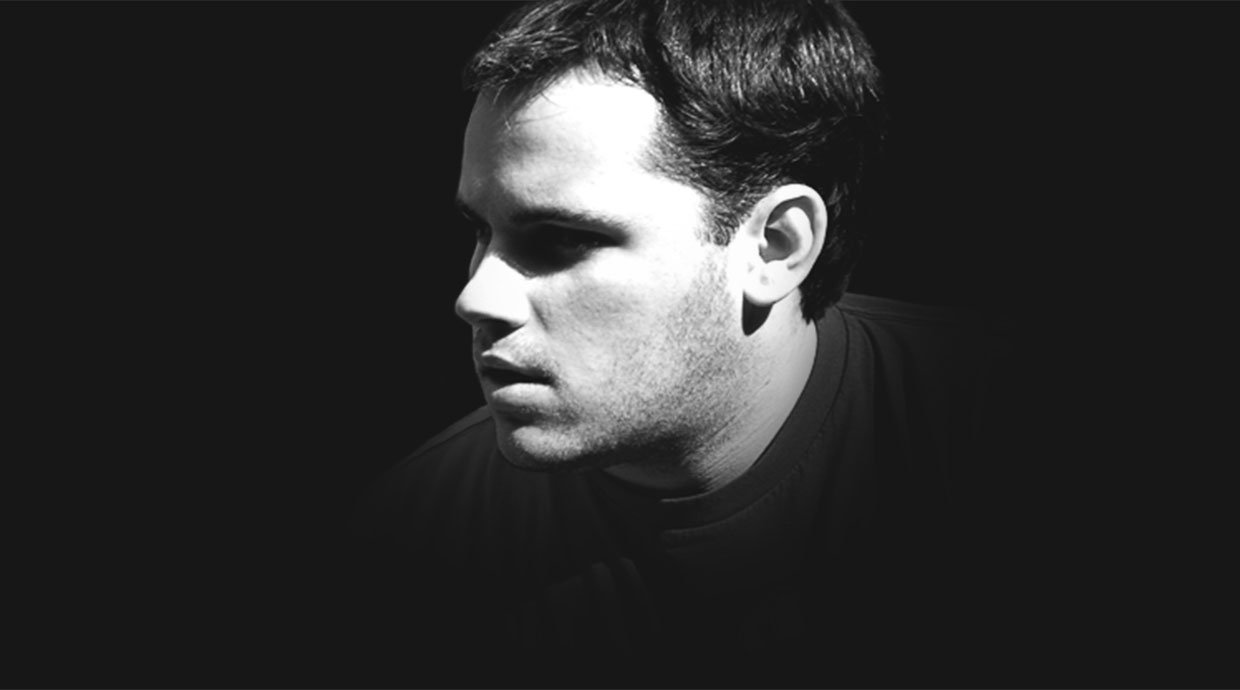
In November of 2008, Louie Mantia joined the renowned Iconfactory. At the time, 2012 hall of fame inductee, Gedeon Maheux wrote on the Iconfactory blog:
Over the years, Louie has made a name for himself in the Mac icon and iPhone development communities. His work as one of the original Tapulous team members brought such iPhone favorites as Tap Tap Revenge and Fortune to the iTunes App Store. Louie also lead the user interface design on the critically acclaimed Obama ‘08 iPhone application and has been a strong supporter of quality freeware on the Macintosh since day one.
One of the apps Mantia worked on at the Iconfactory was Ramp Champ. He shared his design process on his blog, Mantia.me:
I started designing the UI for the game, which is actually quite simple. There are four sections of the app, which you navigate with a tab bar. The first tab “Play” lists the ramps you can play, “Prizes” shows a booth of prizes that you can redeem your tickets for, and “Loot” was your personal collection of prizes and trophies. Add-Ons came later.
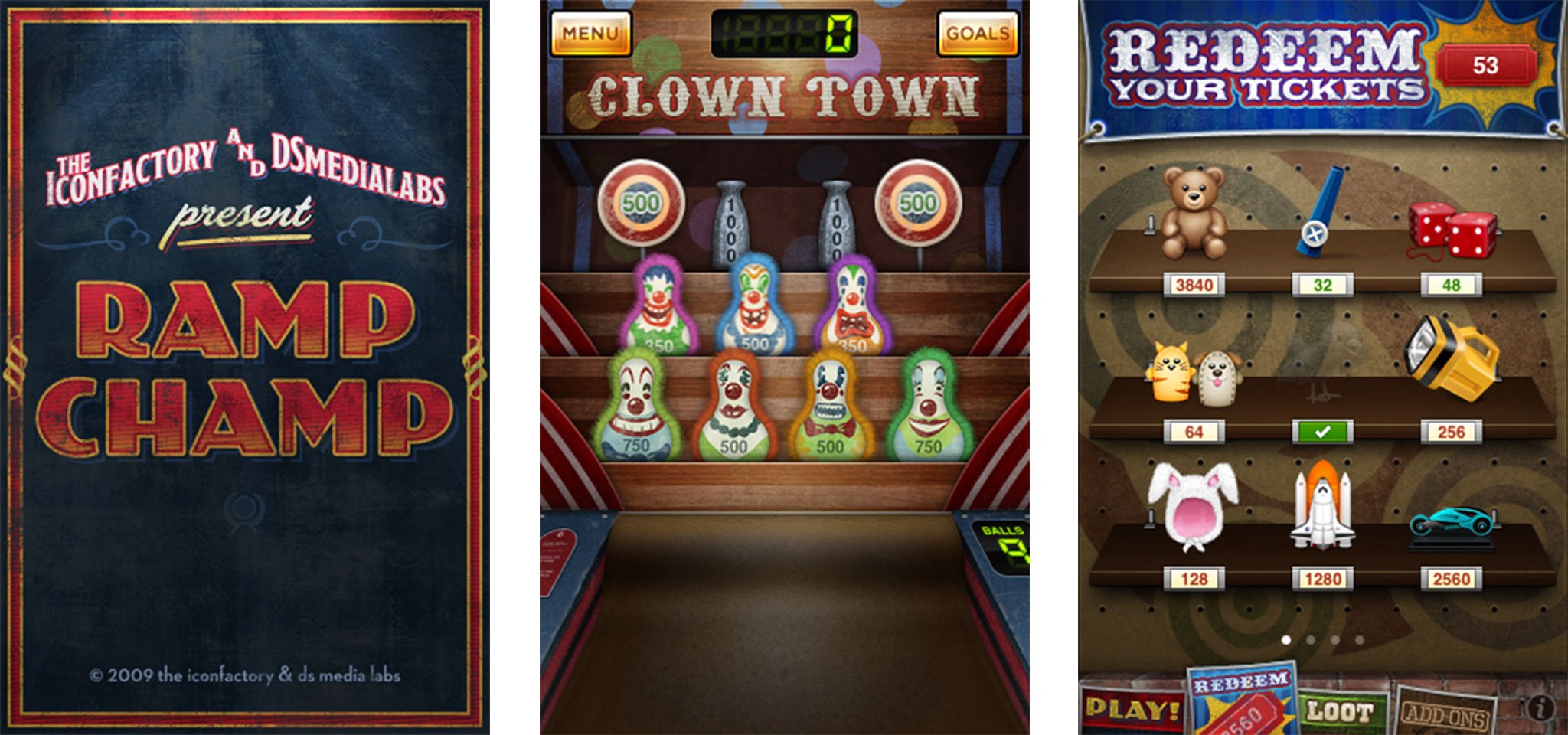
From early on, Mantia's work showed an incredible attention to detail, a deep understanding of rich visual design, and flare for highly polished, highly usable interface and icons.
Mantia later went to Apple where he worked on icons for iAd Producer and Book Proofer, GarageBand's Organs and Guitars, the Trailers app, icons for Remote, WWDC, iBooks, GarageBand, Trailers, and the then-new icon for iTunes. He shared a little of the story behind the iTunes icon on Mantia.me:
When I was sixteen years old, I dreamed of a day that I’d be able to work at Apple, and when the day came that I got an email forwarded down to me from Steve about how the blue in the icon wasn’t beautiful enough, I knew I was living that dream.
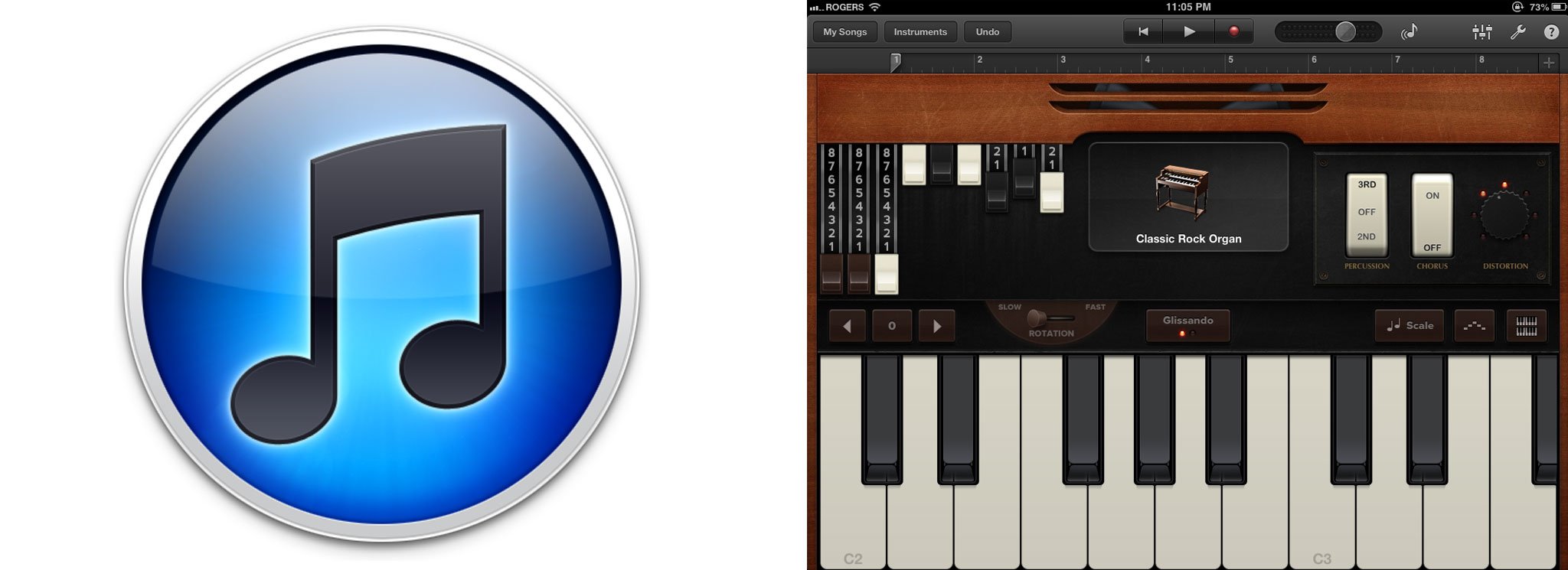
In 2012 Louie Mantia joined Brad Ellis and Jessie Char to found Pacific Helm, a San Francisco-based design studio dedicated to "shipping beautiful products that people love to use". Pacific Helm's work includes The Magazine, and icons for Mini Display, Summly, and many others.
In addition to client work, much of which remains confidential, Pacific Helm has released two of their own apps to the App Store. The first was Checkers, a simple, elegant checker set meant to be played offline, with another human.
- $4.99 - Download now
The second, just recently released, is Camera Noir, a love-letter to the late, lamented Gotham filter.
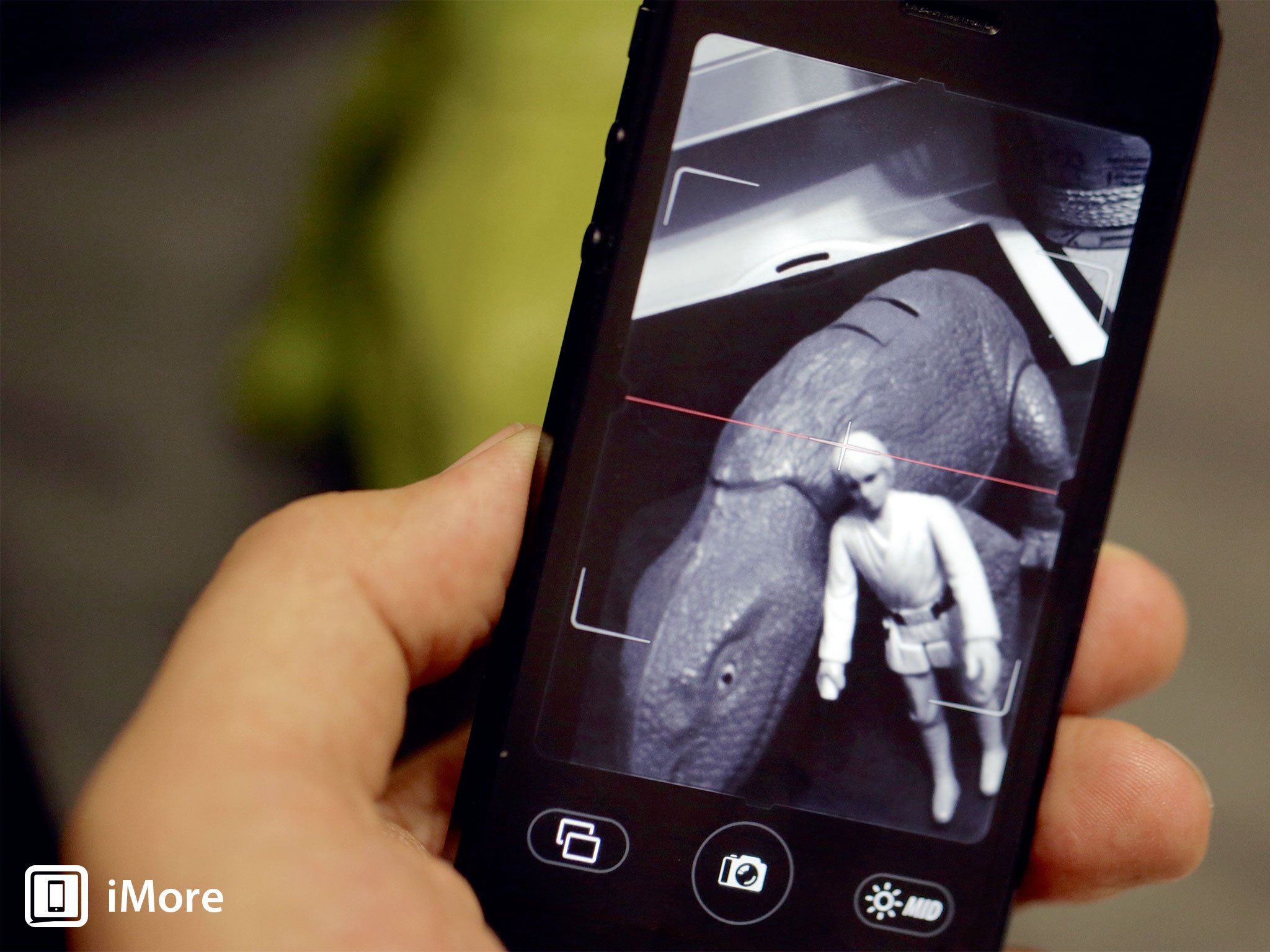
- $1.99 - [Download now](https://itunes.apple.com/us/app/camera-noir-b?at=10l3Vy&ct=UUimUdUnU18680 w-photography/id653121289?ls=1&mt=8&at=10l3Vy&ct=d_im)
Mantia has discussed his work, and his philosophy with us several times as a guest several on our Iterate podcast.
- Iterate 24: Louie Mantia
- Iterate 36: Pacific Helm
- Iterate 40: The future of iOS design
- Iterate 49: iOS 7 design special (Part 2)
In between visits to Disney Land, Louie Mantia routinely adds free wallpapers to his website, Mantia.me, posts design concepts on his Dribbble page, and lights Twitter on fire with his opinions.
We are happy to take full credit for all of Louie Mantia's hard work.Jessie Char and Brad Ellis, Pacific Helm
The work of Guy English and Louie Mantia may first have touched iPhone owners thanks to Tap Tap Revenge, but both of them have careers that far transcend any single app, and from bit to pixel, both have made iOS and OS X better platforms, and the community a better place. From blisteringly fast graphics to breathtaking icons, they've not only made fantastic apps, but helped make many of the apps we know and love even more fantastic.
That's why, as part of the 2013 hall of fame, we're honoring Guy English, Louie Mantia, and all of the apps they've applied their considerable talents too.

Rene Ritchie is one of the most respected Apple analysts in the business, reaching a combined audience of over 40 million readers a month. His YouTube channel, Vector, has over 90 thousand subscribers and 14 million views and his podcasts, including Debug, have been downloaded over 20 million times. He also regularly co-hosts MacBreak Weekly for the TWiT network and co-hosted CES Live! and Talk Mobile. Based in Montreal, Rene is a former director of product marketing, web developer, and graphic designer. He's authored several books and appeared on numerous television and radio segments to discuss Apple and the technology industry. When not working, he likes to cook, grapple, and spend time with his friends and family.
